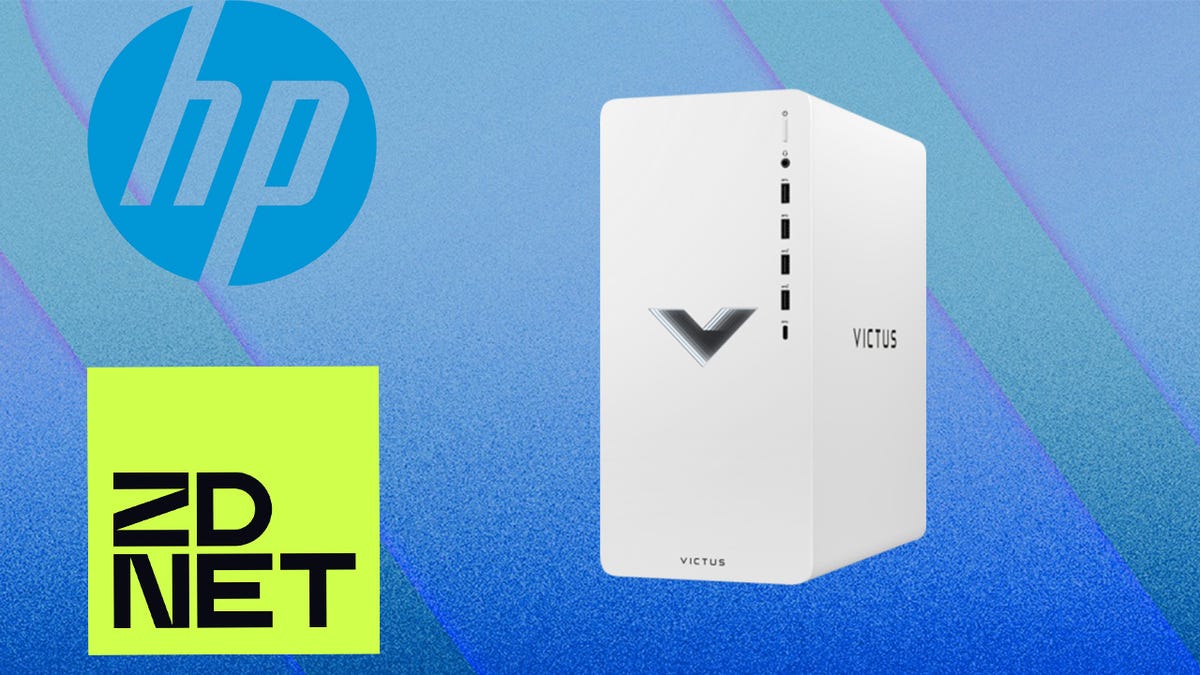BOOK THIS SPACE FOR AD
ARTICLE ADA Node is a part of cryptocurrency that is needed to make most of the popular tokens like Bitcoin or Dogecoin function. It's a fundamental part of the blockchain network, which is the decentralised ledger that is used to maintain a cryptocurrency.
The involvement of a greater number of people in the cryptocurrency market is pushing the desire in them to learn how the system works. This is true for any sector but the newness of cryptocurrency is also leading to curiosity. While you don't really need to understand how blockchain works to be able to benefit from a rise in the price of Bitcoin in India, having a basic understandig of the terms that are thrown around can be useful.
One term you may have heard, but don't know the meaning of, is 'node'. The term is not exclusive to the only cryptocurrency and is widely used outside it. However, a node, in the world of virtual coins, is a computer connected to a cryptocurrency network and can execute certain functions like creating, receiving or sending information.
The explanation can vary depending on the protocol. For example, a resident network may comprise a file server, three laptops and a fax machine. In this case, the network has five nodes, each equipped with a unique MAC address to identify them.
What is a node in blockchain?
The term “node” is being used mostly in relation to blockchain, a decentralised digital ledger that records all cryptocurrency transactions and makes the information available to everyone via a connected device. What this means is every transaction has to be chronologically recorded and distributed to a series of connected devices. These devices are called nodes. These nodes communicate with each other within the network and transfer information about transactions and new blocks.
It is a critical component of the blockchain infrastructure. It helps maintain the security and integrity of the network. A blockchain node's main purpose is to verify each batch of network transactions, called blocks. Each node is distinguished from others by a unique identifier.
What are the types of nodes?
There are basically two types of nodes: full nodes and lightweight nodes.
Full nodes support and provide security to the network. These nodes download a blockchain's entire history to observe and enforce its rules.
Each user in the network is a lightweight node. The lightweight node has to connect to a full node to be able to participate.
Many volunteers run full Bitcoin nodes in a bid to help the Bitcoin ecosystem. As of now, there are roughly 12,130 public nodes running on the Bitcoin network. Other than the public nodes, there are many hidden nodes (non-listening nodes). These nodes usually run behind a firewall.
Miners' nodes
There is also a third type of node: Miner nodes. The term “Bitcoin miners” has now become familiar. These miners are classified as nodes. miner may work alone (solo miner) or in groups (pool miner). A solo miner uses his own full node. In a mining pool, only the administrator can run a full node — which can be referred to as a pool miner's full node.
Listening nodes (supernodes)
And finally, a sub-category called listening nodes. A listening node, essentially, is a publicly visible full node. It communicates with any node that decides to establish a connection with it. A reliable super node typically runs all the time, transmitting blockchain history and transaction data to multiple nodes.
Interested in cryptocurrency? We discuss all things crypto with WazirX CEO Nischal Shetty and WeekendInvesting founder Alok Jain on Orbital, the Gadgets 360 podcast. Orbital is available on Apple Podcasts, Google Podcasts, Spotify, Amazon Music and wherever you get your podcasts.
.png)
 3 years ago
260
3 years ago
260 














 Bengali (Bangladesh) ·
Bengali (Bangladesh) ·  English (United States) ·
English (United States) ·